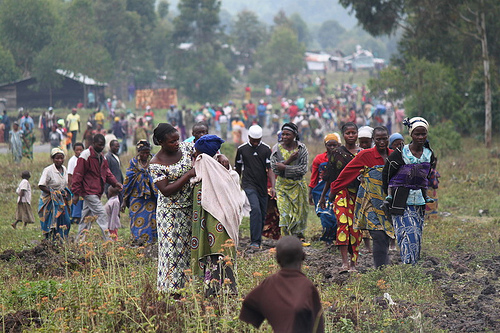
EU support to the Democratic Republic of Congo, rapports et documents

Since 2001, the EU has become increasingly involved in the DRC. This is in line with the efforts of a number of its member states. The development of the EU as an actor in world affairs has been mirrored by the widening scope of EU interventions. From the ‘classic’ development cooperation and humanitarian relief to innovative ESDP operations such as Artemis in the summer of 2003 and a dedicated security sector reform (SSR) mission, EUSEC. The general framework for this evolution is the support to the Transition and the electoral process. Together with its member states, the EU is by far the largest donor in this process and is also assuming an important role in the measures to secure the electoral process. By its actions, the EU has supported the UN involvement in the DRC and as such its intervention can be considered an underpinning of the concept of ‘effective multilateralism. Whereas there is a large degree of convergence in strategic vision and objectives between the first and the second pillar in Brussels about the DRC, the financial means available define the difference of approach in the actions carry out. On the field, the reality urges the Council and the Commission to work hand in hand. Contrary to the headquarter in Brussels, where there is a formal coordination structure between the pillars, on the field, no coordination structure exists and an informal cooperation has taken place.
in L’action de l’Europe en Afrique, Centre d’analyse stratégique, Paris, 2007, pp. 52-71.
(Photo credit: Marie Cacace, OxfamInternational)